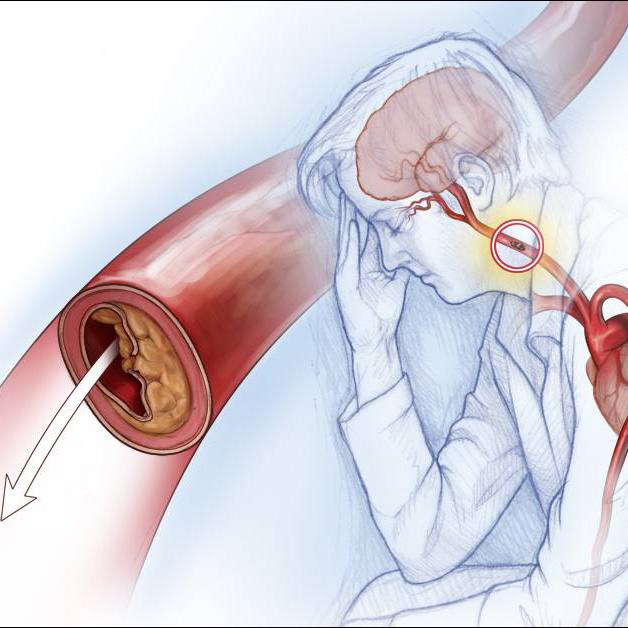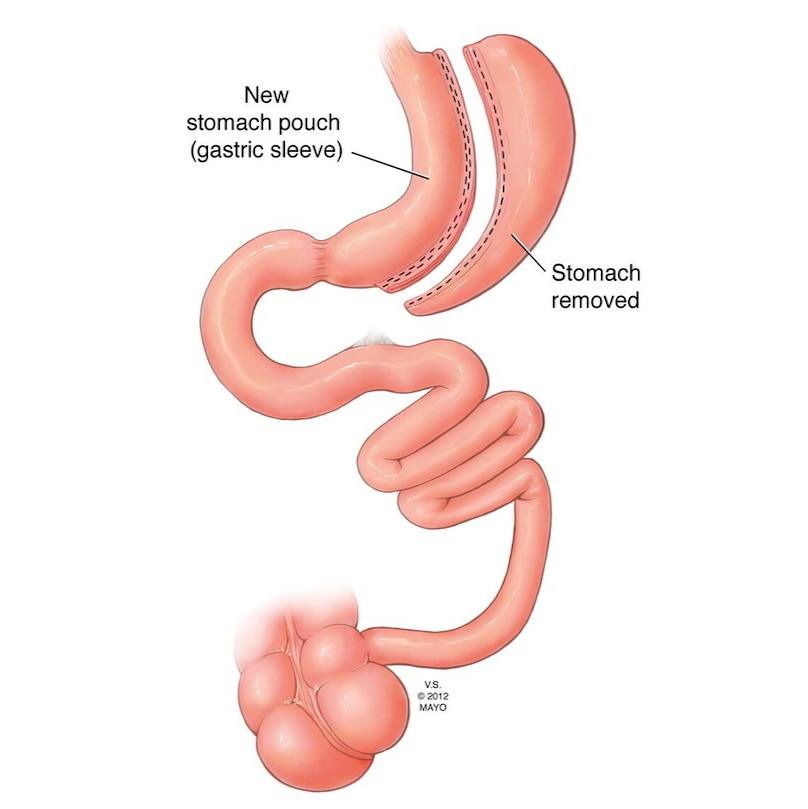If you’re among the 54 percent of American adults who’ve registered to be an organ donor, it’s encouraging to know your decision could save the lives of up to eight people. A living donor transplant is handled differently and often comes about when a friend or family member has a dire need, although altruistic, or good Samaritan, kidney transplant donations have been on the rise.
"Some people just come forward as a potential donor wanting to help a needy patient that’s on the waiting list," says Dr. Charles Rosen, director of Mayo Clinic's Transplant Center. "Another thing that happens is a donor and recipient pair come forward, where it’s not a match for one reason or another, and they may exchange kidneys with another donor-recipient pair."
April is National Donate Life Month. Dennis Douda shares more of Dr. Rosen's thoughts.
Journalists: Broadcast-quality video pkg (1:00) is in the downloads. Read the script.
"You know, 1 out of 5 to 1 out of 4 of the people that I meet with will never get a liver," says Dr. Rosen.
He says it's a hard reality. And even more patients with failing livers would die, if not for living donors.
"We can take up to 70 percent of the liver but not more," says Dr. Rosen. "It grows back very quickly in both the donor and the recipient."
Occasionally, parts of the lung and intestine are supplied by living donors. Four out of 5 people on the transplant waiting list need a kidney. Dr. Rosen says kidneys from living donors function better, last longer and can eliminate lengthy waits.
"Which may be five to seven years in many parts of the country, during which time a patient has to be on dialysis, which may be three to four hours a session, three to four times per week," says Dr. Rosen.
Living donors must be at least 18, in good mental and physical health with no alcohol or substance abuse problems. While family members often provide the best tissue match, 1 in 4 living donors are not biologically related.
Related Articles







